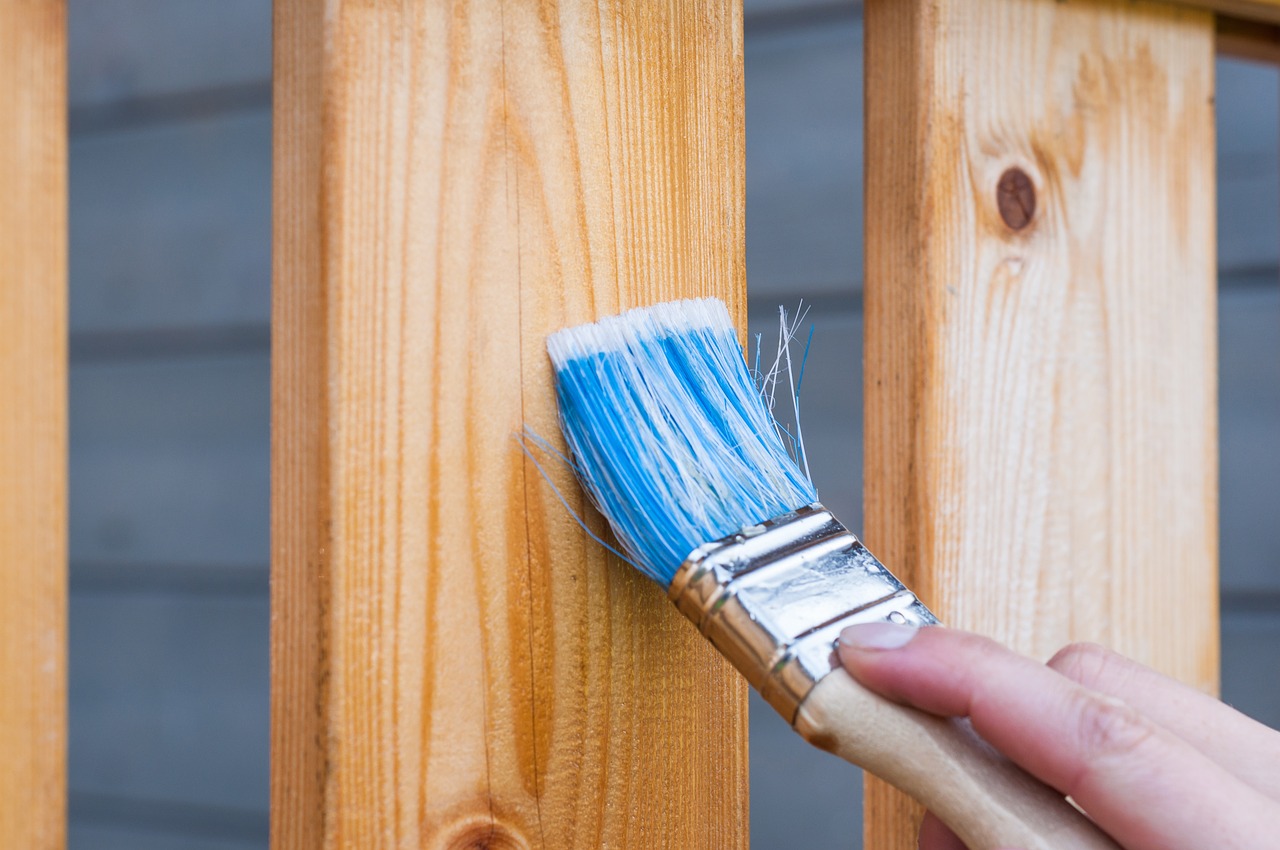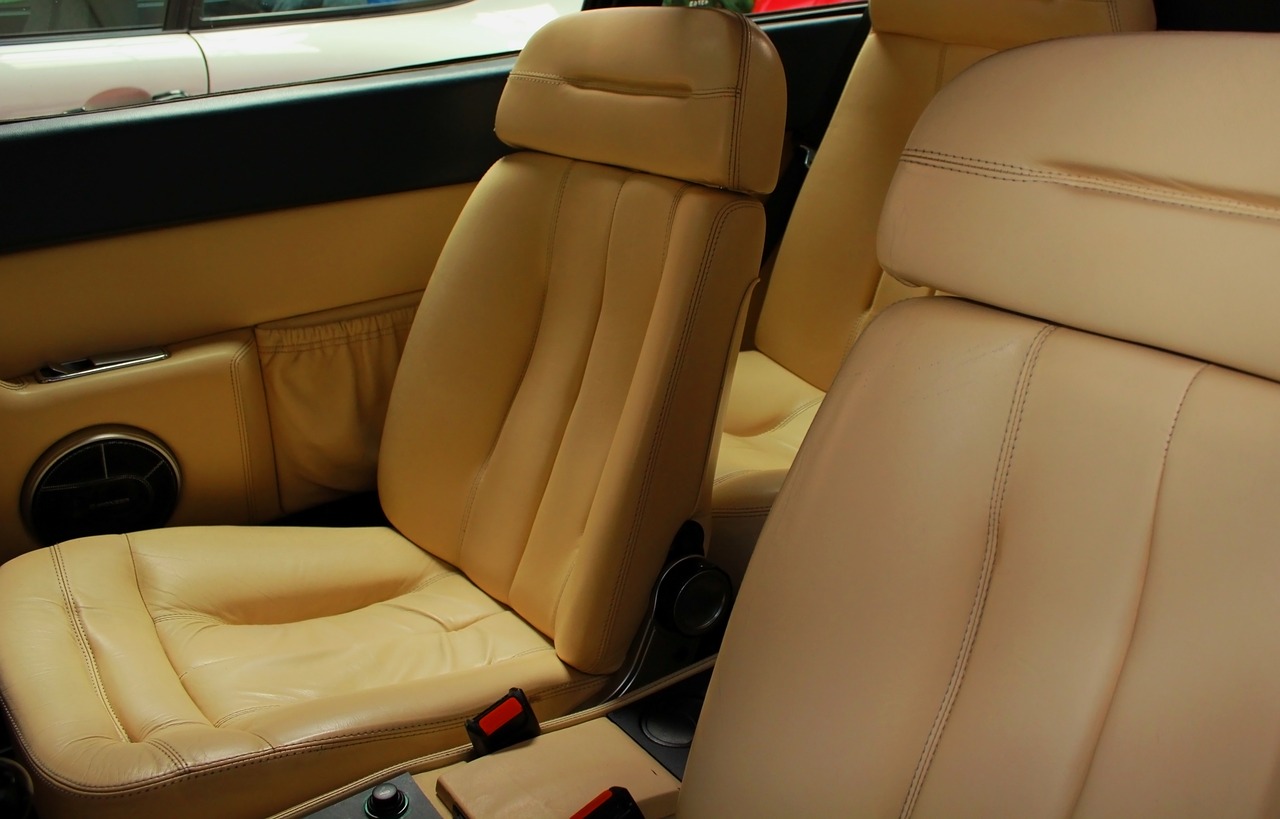Design skandynawski: Cechy charakterystyczne i inspiracje

SCANDINAVIAN DESIGN: TRAITS AND INSPIRATIONS
Scandinavian design has become widely popular not only in Northern Europe but throughout the entire world. It is an interior decoration style characterized by minimalism, simplicity, functionality, and clean lines. In this article, we will take a closer look at the traits that define Scandinavian design and explore the historical and cultural inspirations behind it.
HISTORICAL BACKGROUND
Scandinavian design emerged in the 1950s and its origins can be traced back to the Nordic mid-century modern movement. It was a time when people were seeking new ways to design and build their homes, even after the devastation of World War II. Scandinavian designers believed that good design should be available to everyone, not just the wealthy, and that it should be both beautiful and practical. They aimed for simplicity and functionality while retaining elegance.
CHARACTERISTICS OF SCANDINAVIAN DESIGN
1. Minimalism: Scandinavian design often incorporates minimalism, with simple shapes, clean lines, and neutral color palettes. A sparse interior creates a sense of calm, order, and clarity, which is believed to enhance well-being.
1. Functionality: Scandinavian design values functionality above all else. Every item in a room should have a purpose and contribute to the harmonious composition of the space. Multifunctional furniture is often present, which saves space and makes life easier.
1. Natural materials: Scandinavian design emphasizes the use of natural materials such as wood, leather, and wool. These materials add warmth and texture to the space, and also reinforce the close connection to nature that is characteristic of Nordic culture.
1. Light and airiness: Scandinavian design values natural light and airy spaces. Large windows, clean lines, and muted colors are used to enhance brightness, openness, and tranquility.
1. Hygge: Hygge is a Danish word that roughly translates to „coziness.” Scandinavian design captures this feeling through the use of soft textiles, plush rugs, and warm lighting. This creates a welcoming atmosphere that radiates comfort and relaxation.
INSPIRATIONS FOR SCANDINAVIAN DESIGN
1. Nature: The Nordic landscape plays a considerable role in Scandinavian design. The long winters, short summers, abundant forests, and rugged coastlines are reflected in the design’s simplicity, functionality, and use of natural materials.
1. Nordic light: The Nordic’s light takes on many unique forms throughout the day and year. This is what inspires designers to incorporate large windows, complemented with light hues, in order to capture the unique light throughout the day.
1. Social welfare: The Nordic welfare state values equity and social initiatives, as such, Scandinavian design tackles social issues, such as the democratization of design and the use of environmentally-friendly materials.
CONCLUSION
Scandinavian design is an aesthetic that has earned a global reputation for its simplicity, functionality and, most importantly, its ability to create homely, welcoming spaces. The design has aged well and gained momentum through its continued growth and influence, and it remains an ideal fit for those seeking purposeful, sustainable, and refreshingly straightforward designs.





Najnowsze komentarze